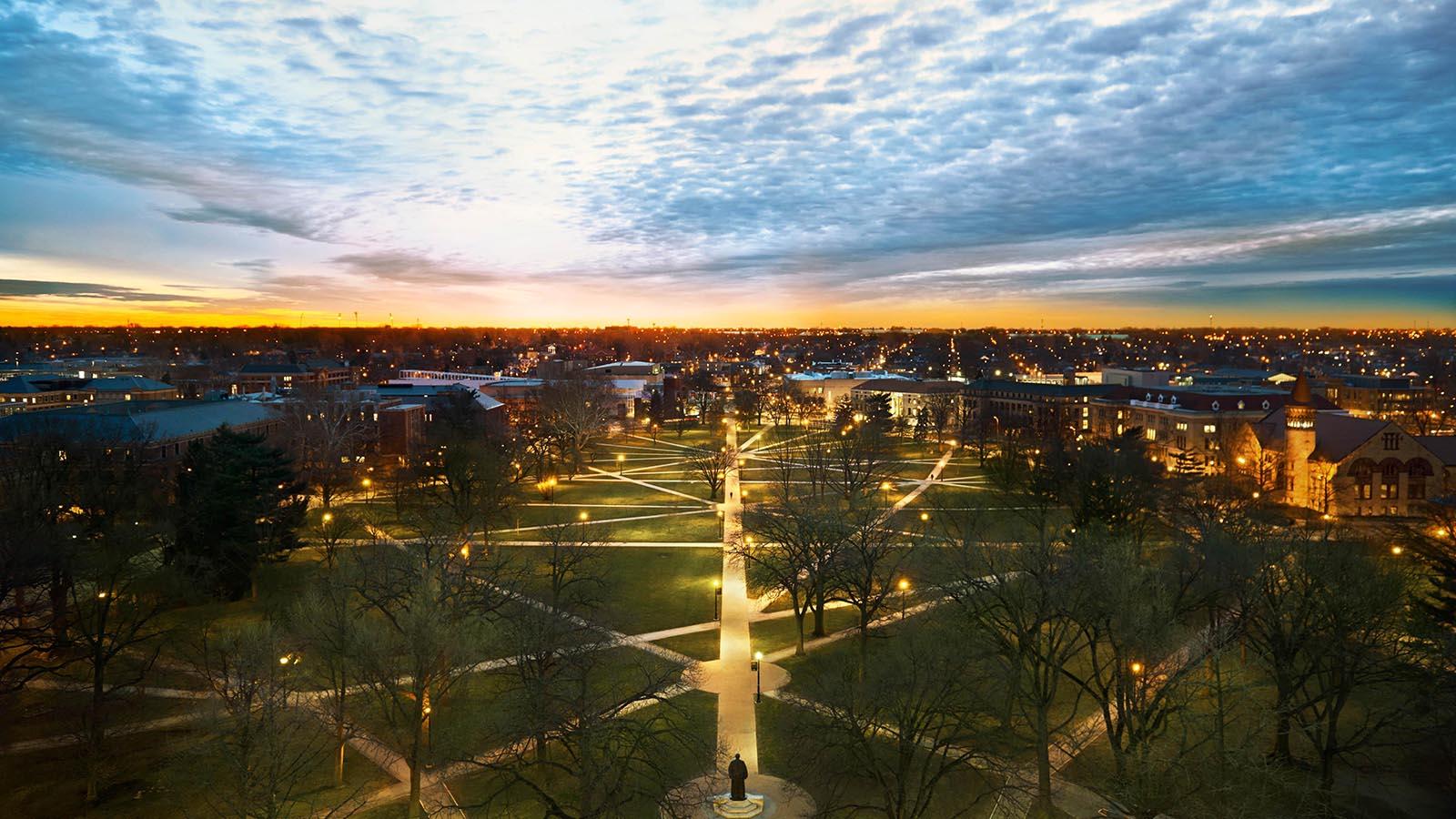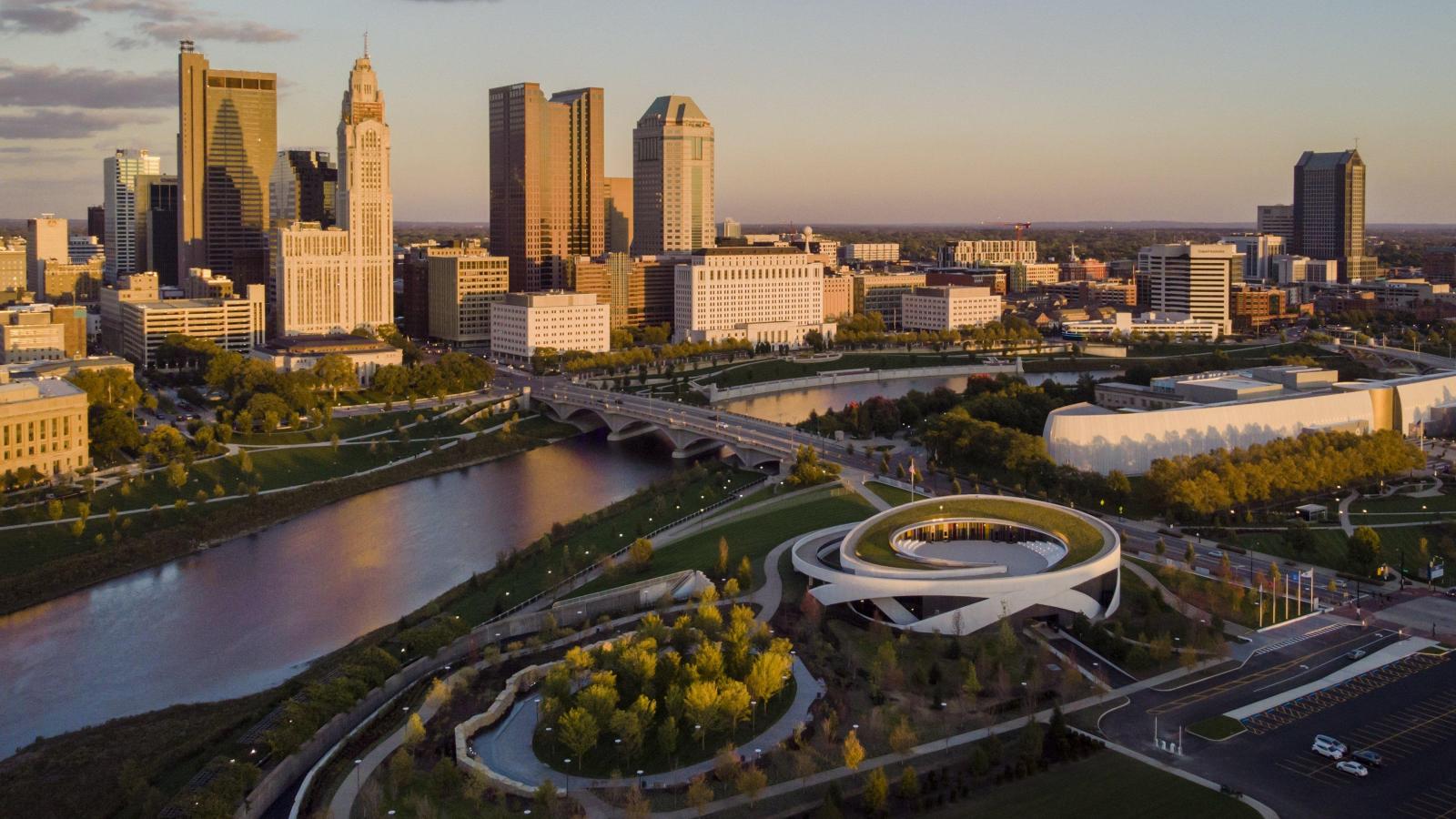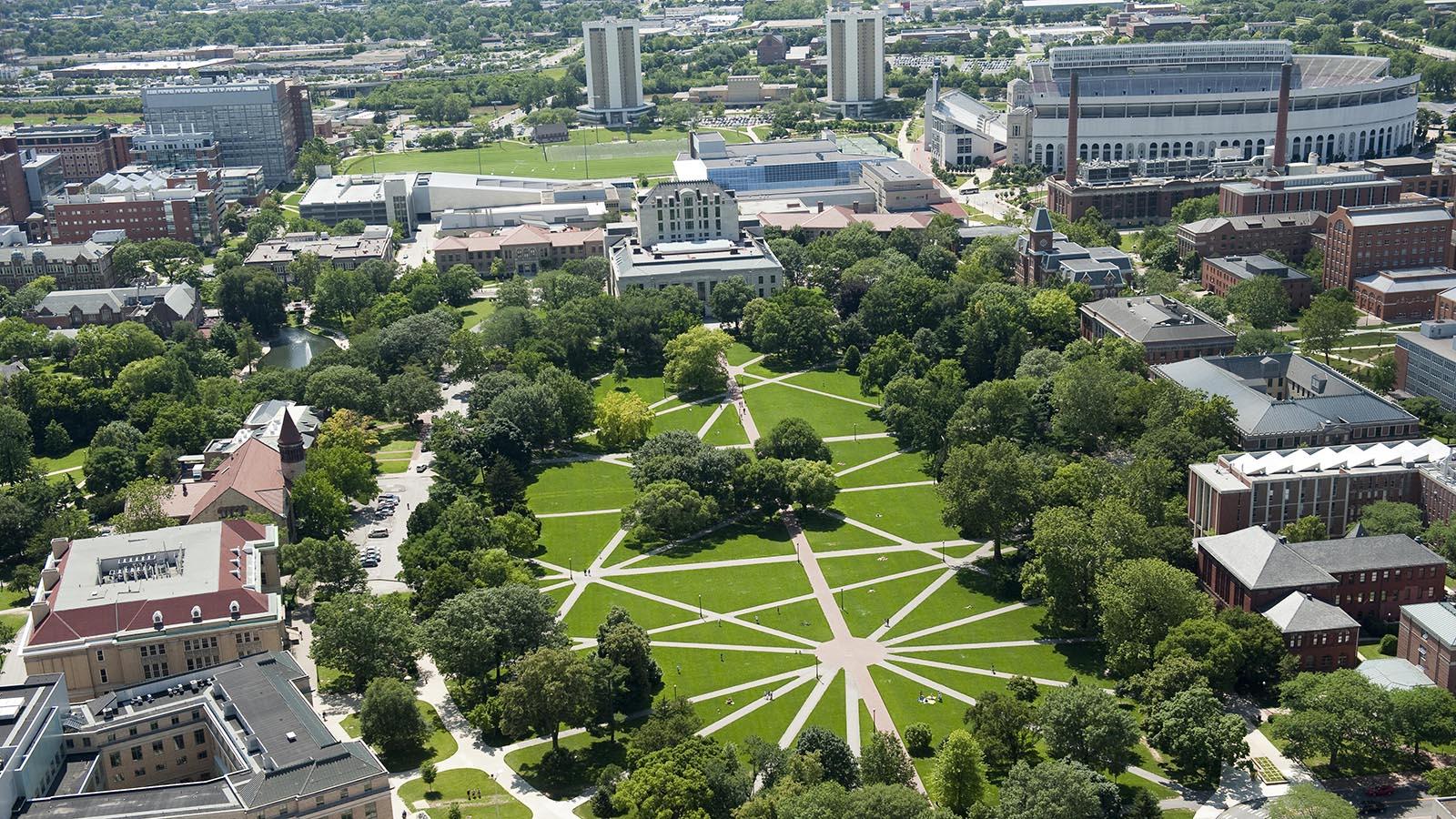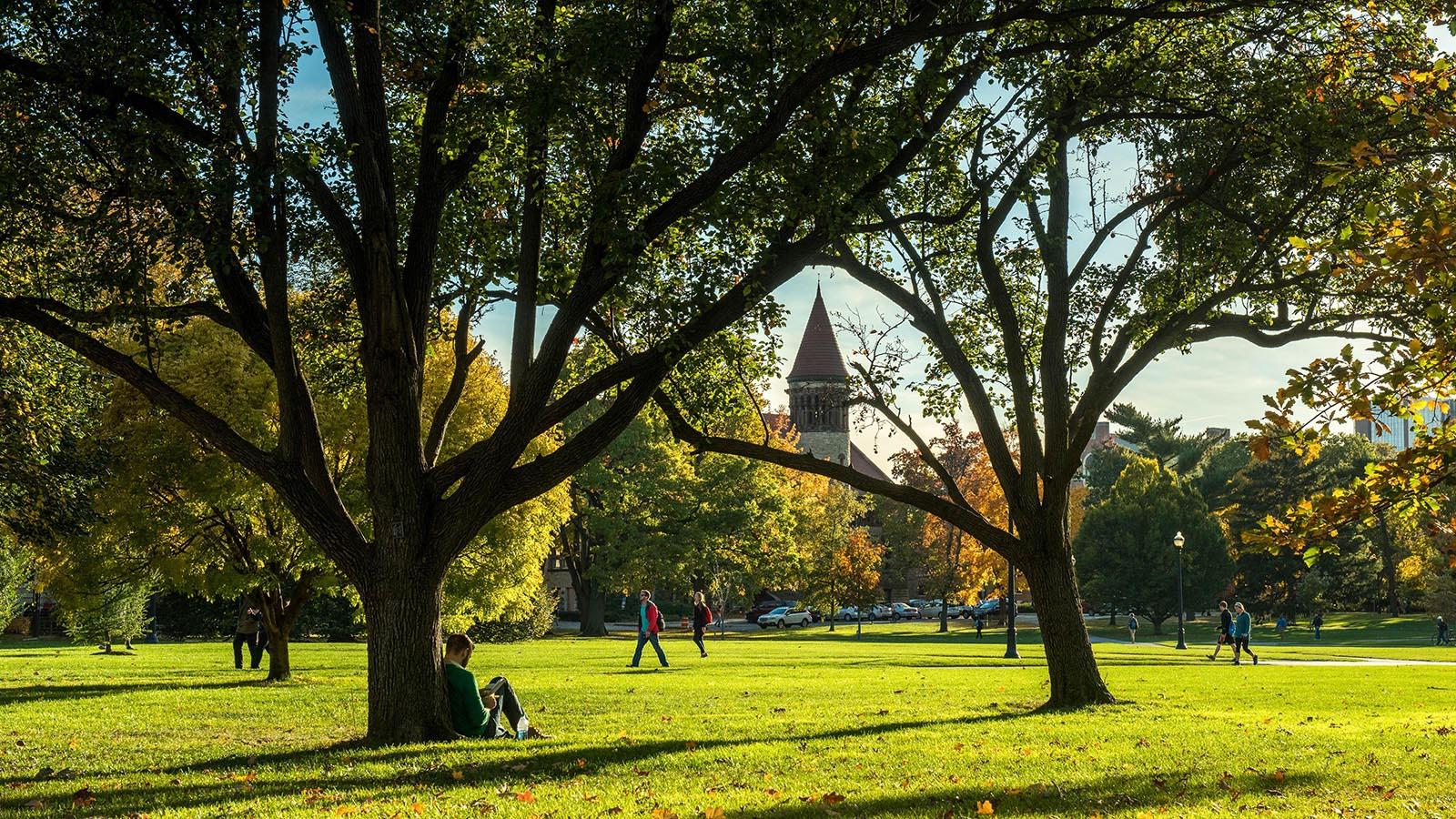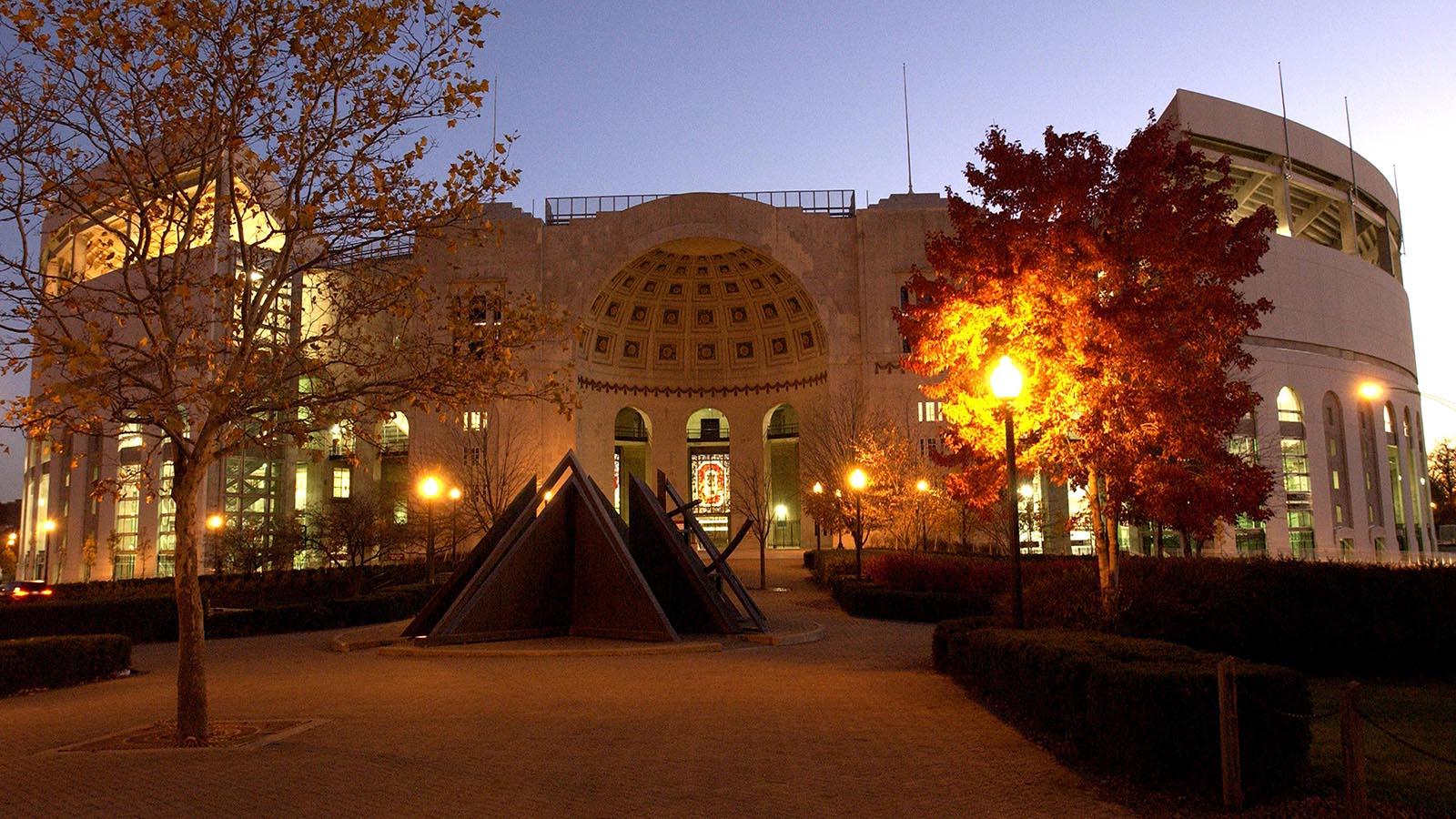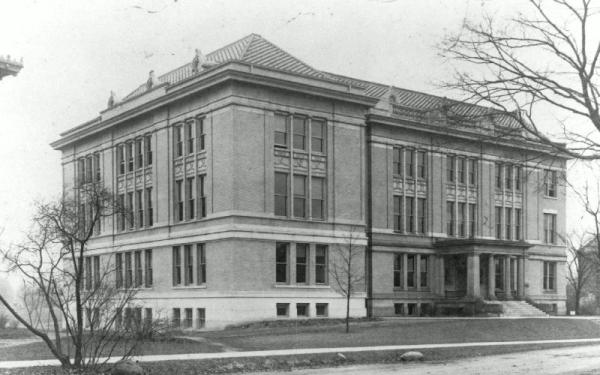The Ohio State University's main campus is located in Columbus, the capital of Ohio. It is a friendly city of sleek, modern high-rises and century-old buildings along the banks of the Scioto River. In addition to being home to one of the finest universities in the nation, its attractions range from a rich visual and performing arts scene to a world-renowned zoo, exciting sports, fine restaurants, and enough specialty shops, outlets, and malls to satisfy even the most avid of browsers and buyers. Find out where to stay and what to see while you are in Columbus.
OSU's main Columbus campus is one of America's largest and most comprehensive. More than 56,000 students select from 170 undergraduate majors and more than 250 master's, doctoral and professional degree programs. As Ohio's best and one of the nation's top-20 public universities, Ohio State is further recognized by a top-rated academic medical center and a premier cancer hospital and research center.
The university's total research expenditures in FY 09 reached $716 million. Ohio State ranks second among all U.S. universities in industry-sponsored research, according to the National Science Foundation.
The university's innovative prowess attains world-class status, particularly in critical areas such as global climate change, cancer, infectious disease, advanced materials, and agricultural biotechnology products that feed and fuel the world.
An additional 8,000 students attend Ohio State's regional campuses in Lima, Mansfield, Marion, and Newark, and the Agricultural Technical Institute in Wooster. Founded as a federal land-grant institution in 1870, the university has awarded 637,048 degrees since 1878. Its legacy extends to more than 465,000 living alumni.
Learn more about Ohio State and stop by for a visit!
Earth Sciences is one of the oldest majors on campus housed. Housed in Mendenhall Laboratory and Orton Hall, the School of Earth Sciences is home to a diverse array of faculty and students studying topics ranging from the deep time and oceans to mountains and other planets. To learn more about our historic program and buildings, check out the links below!

